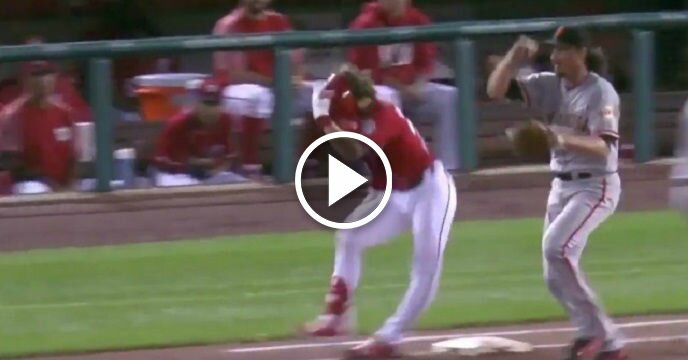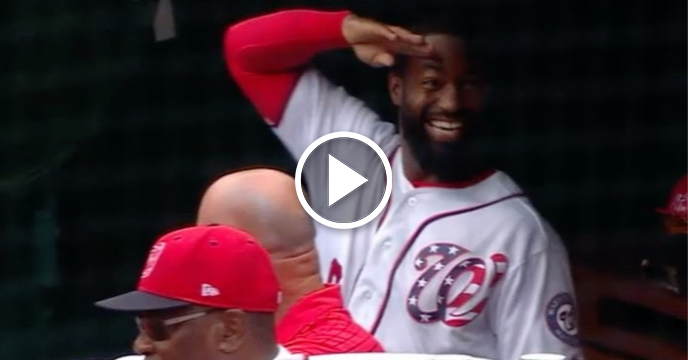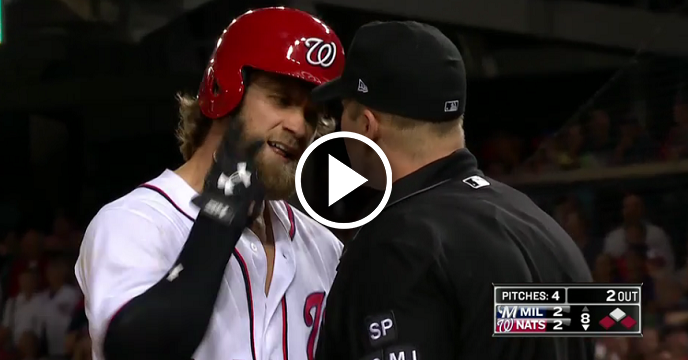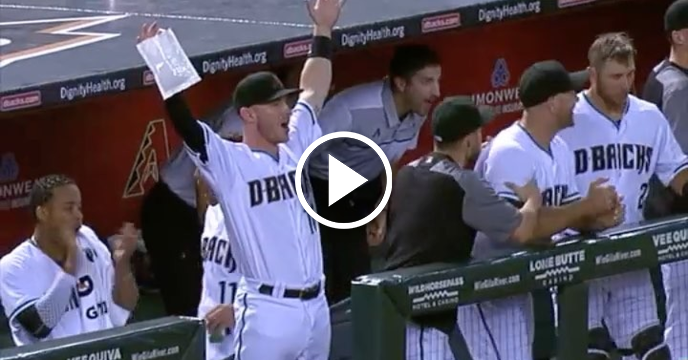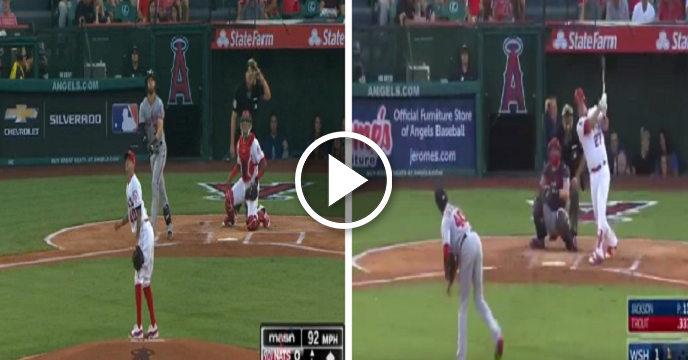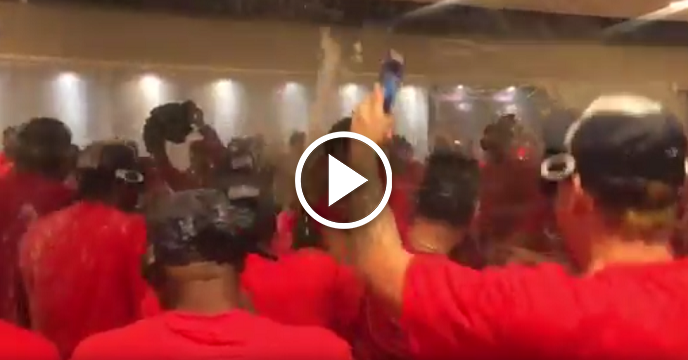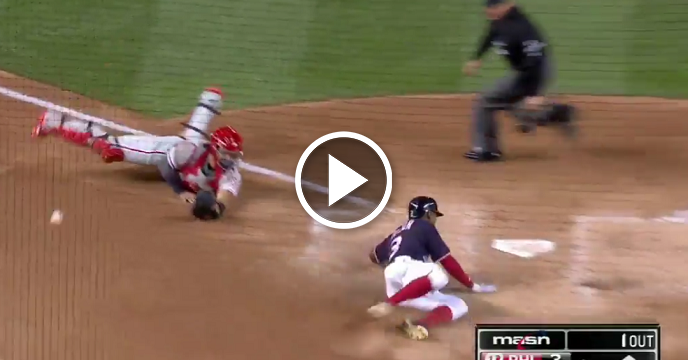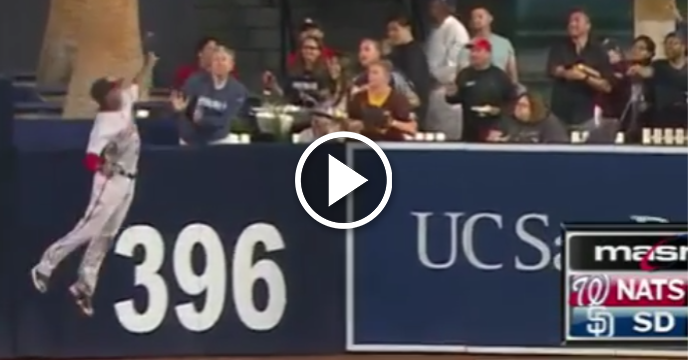
With a 1.8 fWAR season where he pitched just 176.2 innings, Dan Haren is coming off the worst full season of his career in 2012.
Or rather, the worst first half of a season, anyway.
See, Haren was essentially two pitchers last year: the one who was hurt by diminished velocity in the first half, and the one who learned to pitch with it in the second.
Traditionally, the 32-year old had always been a first-half pitcher, as a 3.36/1.11 career ERA/WHIP before the All-Star break compared to a 4.01/1.26 after the break would indicate.
2012 was a change in a script, as the low-90s fastball just wasn’t there for the former Los Angeles Angels ace from the get-go, and according to Haren, he “saw that his velocity was a little bit down and he was trying to overthrow.”
That allowed batters to feast off of the righty at a .288 clip, which boosted his ERA/WHIP to 4.86/1.46 as he often left his pitches up in the zone. Worse yet, he was giving up more homers than ever, with a 1.39 HR/9 rate.
Then, just toward the All-Star break, Haren couldn’t deal with his ailing back and hip anymore, and finally went on the DL in the beginning of July to heal the injury and take a bit of time to figure out what had transpired over the first three months.
When Haren came back, he was a different pitcher.
No, the velocity never really returned, and even though Haren said that he “started to find [himself]”, the homers never stopped either. In fact, his 1.48 HR/9 was even higher than it was in the first half. Rather than let his high 80s velocity and home run proneness get to him, though, Haren simply learned to pitch with it.
It worked, as he posted a clean 3.58/1.12 ERA over his final 73 innings that resembled more like the Dan Haren of old, even if this wasn’t the same pitcher with the same stuff.
Going into 2013 with the Washington Nationals, Haren’s evolution will continue: from ace to No. 4 pitcher, from a mid-90s fastball to one that averages below 90, from a workhorse who used to strike out nearly nine batters per nine innings, to someone who will have to work around seven in 2013.
These are all changes he’s going to face, on top of the transition into a new league. Fortunately for the Nationals, Haren had already begun the process in the final half of 2012. If those numbers are any indication, even if they might not be getting 6.5 fWAR version of him from 2008, the new, 32-year old Haren will still prove to be a hell of a back-end starter.
And who knows, maybe not worrying about the radar gun might even get him the consistent full-season results he’s never really had.
 Share
Share 


